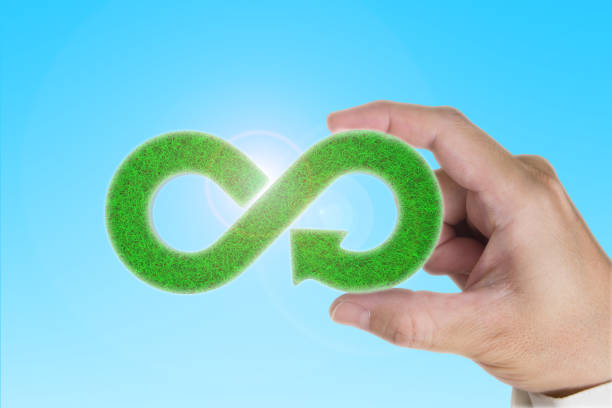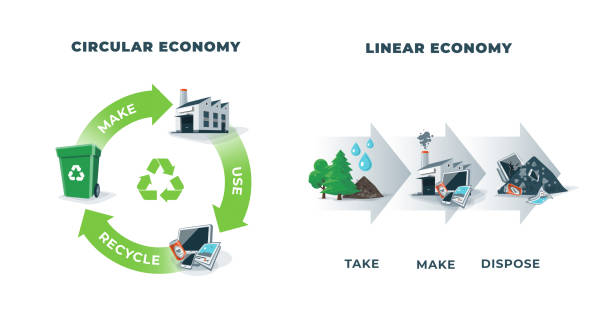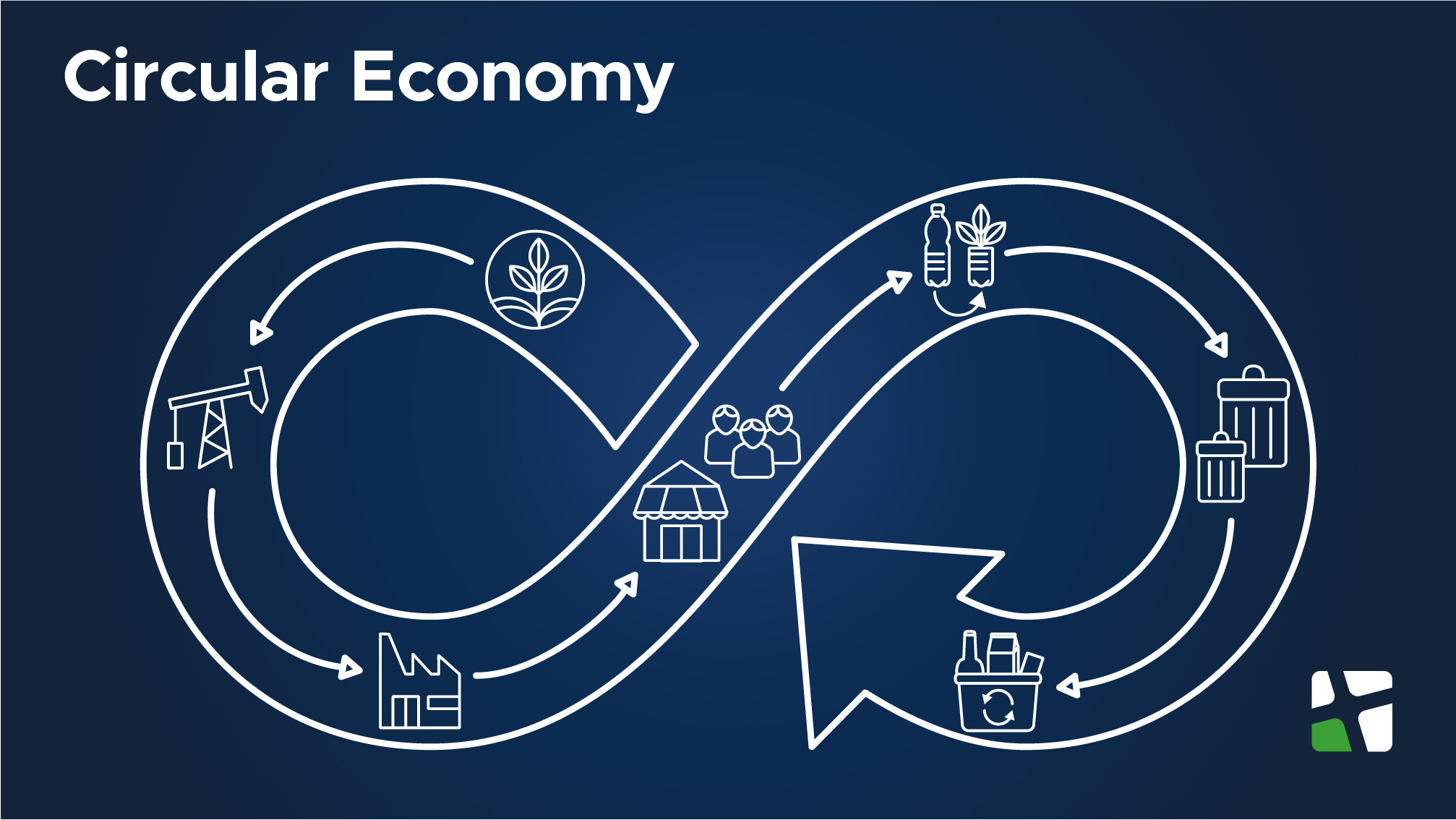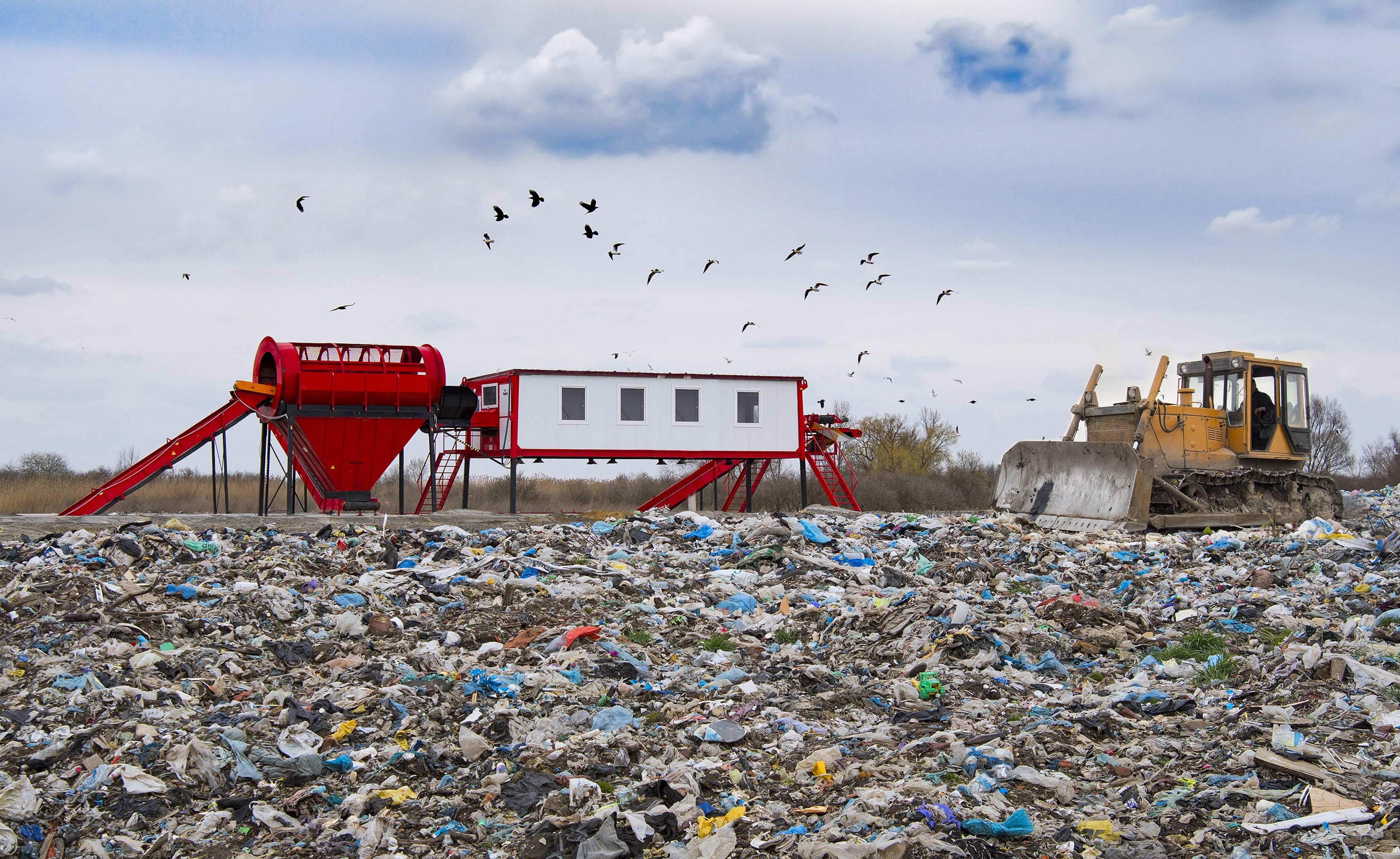Waste & material traceability solution for sustainable facilities

A new phrase is used alongside sustainability by those who want to make their dreams of a more livable and better world a reality: Circular economy. This phrase, which we hear everywhere, is an integral part of the action plans of governments, non-governmental organizations, and international institutions. We can roughly call the circular economy a strategy developed against the problematic linear economy model. The problems have led to such still ongoing threats like the climate crisis and the pandemic due to limited resources and unlimited growth targets at any cost. But what exactly does circular economy transition mean? Is circular economy the answer to our environmental problems really? Let’s find out!

Unlike the linear take-make-dispose economy, the circular economy is a model that prioritizes respect for the planet by trying to avoid waste. It focuses on optimal use of raw materials and resources by yielding the highest economic value. The following principles form the basis:
In short, the circular economy focuses on the efficient use and reuse of resources by linking many factors in production chains. For this, it is essential that every step, from consumption patterns to the extraction of raw materials, is handled sustainably. If we continue along the linear line, the battle for limited resources due to the growing population can conduct even more harmful growth methods, leading us to a cliff edge.
Fortunately, the circular economy foresees a more sustainable and collaborative understanding with a new market that is “closing the loop.” In addition, while countries make worthwhile contributions to reducing carbon emissions against the climate crisis, they can also decrease their dependence on imported resources and create economic growth with new employment sites. To achieve this, the governments and the private sector should start the transition process hand in hand with sustainable business and governance models.

The circular economy strategy may simply remind you of the three Rs, “Reduce, reuse, recycle,” but it’s so much more than that! This concept takes an entirely new approach to the production stage, and the three Rs can only be a subset of it. The rule of thumb includes:
We’ve seen the basic principles, but what are the tools?
Using digital innovation, entire value chains and material flows must align with these principles. But how? As you may have noticed, the circular economy is actually based on waste management in light of sustainable development!

The circular economy is based on the reiterated use of products produced with an environmentally sustainable design, which shows that waste management is one of the main pillars in the new economic vision. Because waste either has to turn into:
In any case, there is a gain and reuse. However, it is impossible to do these without a smart waste management infrastructure, including separating waste at its source to the last stage in recycling facilities. European Commission reports also emphasize the importance of separate waste collection for the Green Deal and circular economy transition through the segregation of waste stream with advanced sorting technologies to facilitate recycling. With decreasing use of both harmful waste disposal techniques and landfills as well as the reduction in landfill emissions, an important step is recorded for zero carbon targets.
On the other hand, circular economy critics argue that even currently used waste sorting and collection methods are quite problematic, let alone improved waste management technology. They think that a long duration of time and high costs are needed for a waste management structure taking care of everything from educating individuals on waste prevention and recycling plants. Obviously, they haven’t met Evreka’s sustainable and cloud-based waste management solutions yet!

Evreka is a company that has taken action in waste management by seeing the transformation in the world towards sustainable growth trends. Offering all-in-one and end-to-end integrated digital waste management solutions in more than 20 countries and acting with the motto #AlwaysBetter, the company facilitates agility during your transition to the circular economy with AI technologies.
EvrekaCrew carefully plans everything from involving individuals in the process more interactive to the follow-up of each operation, enabling you to perform with cost and time savings. How about a brief review of Evreka products, which will allow you to achieve your zero carbon and zero waste goals more quickly?
One of the essential steps for reuse is to separate the waste at the source. Here, one of the most significant roles is given to citizens and customers! Evreka, aims to increase citizen awareness about waste prevention and segregation, and thanks to its module:
Asset Management provides the complementary step of separating waste at the source: effective waste collection. Thanks to Fill Level Sensors, the threshold status of the containers is learned, and collection plans are created accordingly, also in line with Fleet Management. thus achieving the highest performance at the lowest cost. This way:
If you want to improve your recycling and recovery actions, which are the roots of the circular economy, check out Evreka’s most striking solution! MRF Management was designed to end the mess in material recovery facilities order and pland every detail. With this module:
It’s time for the software that lets you handle almost all all-in-one solutions: Operations Management. Thanks to this module, which also includes data of all solutions, such as, Workforce Management and Route Optimization:
If you have started the circular economy moves that require a strong waste management infrastructure, request a demo from Evreka to get the most efficient and sustainable solutions!